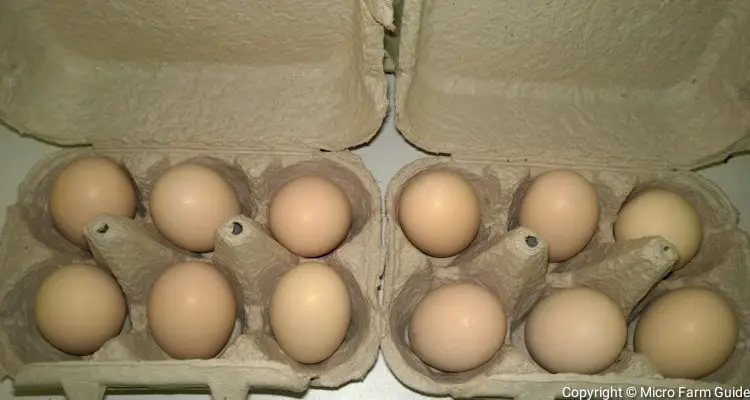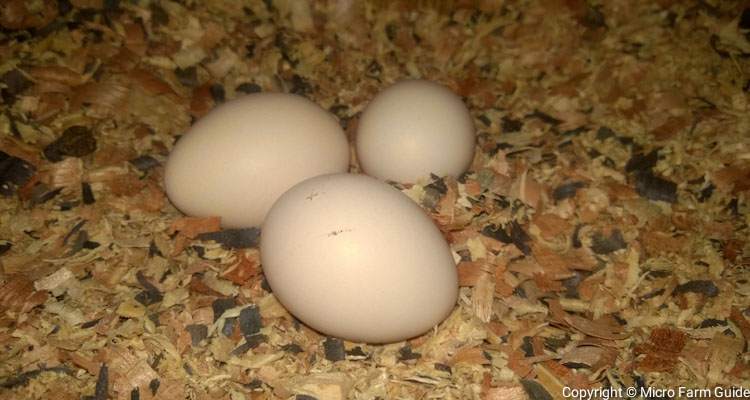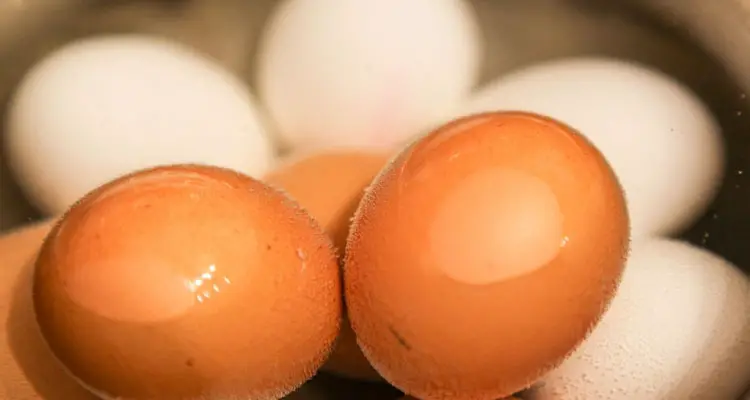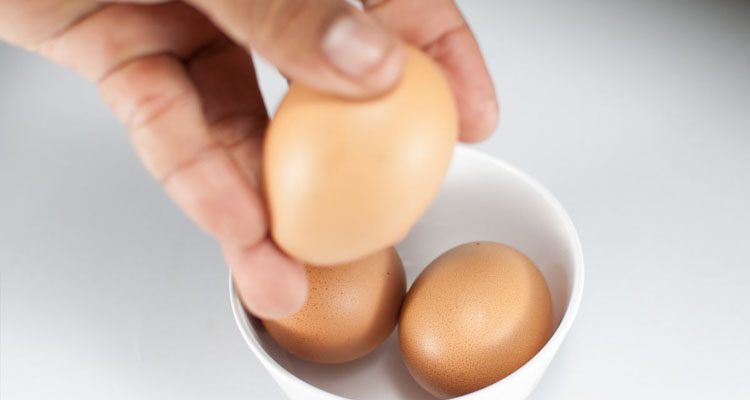Cracking open a rotten egg is one of the most unpleasant experiences. Thankfully, commercial eggs will arrive with a shelf life printed either on the box or the shells themselves.
However, what about micro-farmers? Without this industrial tag, how do we know when our backyard eggs are still good?
The water float test is one of the easiest and most popular ways to tell whether an egg is good. However, this test involves submerging the egg in cold water, which is only ideal if you intend to use it shortly afterward.

Thankfully, you can use several less intrusive methods to know if eggs are good without the risks of damaging the protective coating on the surface of the shell.
In this post, you will learn a simple 5-step process to check the freshness of your eggs to ensure you’re never struck with a nasty bout of food poisoning.
Note: For detailed information on why you should avoid washing eggs unless absolutely necessary, please read article about How To Clean Fresh Eggs.
1. Visual Inspection Of The Shell
You can usually tell a lot about an egg with a quick visual inspection of its shell.
In some instances, hints like discoloration, residue, or other abnormalities are tell-tale signs that something is incorrect.

For example, any powdery or slimy sections on the exterior are a dead giveaway that some form of bacteria has sunk its teeth into your egg.
Furthermore, any egg with a cracked shell should be thrown away since you never know what could have found its way inside.
2. Shake And Listen
Once the egg looks wholesome, it is time to give it a good shake, but please be gentle.
What can you hear? If your answer is… nothing, then you are good to go, at least to the next step.
If, on the other hand, you hear a distinct sloshing sound, play it safe and toss the egg in the trash.
See, the consistency of the egg yolk and the white becomes far less dense and stable over time. So this test shows the age of the egg, and not if it is any good.
As a result, many claim that a “sloshy” egg is still okay if eaten immediately. Despite this, I would only risk it after performing a float test.
3. The Water Float Test (The Witch Trial Water Test)
The water float test is the most popular way to tell if an egg is good. Here’s how it goes…
- Take a relatively large glass and fill it two-thirds full of fresh, cold water.
- Gently place the suspect egg into the water.

That’s it. Now, there are three possible results.
- If the egg sinks and lays to the side, it is fresh and good to eat.
- If the egg floats, usually with the top side breaching the water’s surface, DO NOT EAT!!! At least not until confirming the color and smell.
- If the egg sinks to the bottom of the glass but stands on its head. It means that the egg is a bit old but still edible.
Contrary to popular belief, the egg test mainly determines the age of the egg and not necessarily whether or not it is good.
As the egg ages and the oxygen barrier breaks down, oxygen penetrates the egg, triggering decay. When dropped in water, the oxygen facilitates buoyancy. Thus a floating egg is a bad sign but not 100% conclusive.
However, slightly mature eggs are easier to shell, as the exterior doesn’t cling to the white so tenaciously. Their whites are also much easier to whip.
4. Observing The Color & Consistency
Afterward, crack the egg open onto a level surface and observe the consistency and color of the yolk and white.
The yolk should be a lovely yellow or orange color. At the same time, the white should be relatively stiff, standing up around the perimeter of the yolk sac.
An egg that’s too far gone will have lost its structural integrity, appearing flat as a pancake and possibly discolored.
5. The Smell Test
Many of us would do anything to avoid the sulfuric stench of a rotten egg, so this is only the option I would recommend after performing the other 4 tests.
Ideally, you should first use one or all of the methods indicated above, throwing out the suspected rotten eggs.
Then go to a well-ventilated area, crack open eggs you need clarification on, and smell them.
Edible eggs will have little to no smell, while rotten eggs will smell like, well… you will know if you have rotten eggs.
Final Thoughts
Although each method is relatively conclusive, it helps to combine them to get a clear idea of the status of the egg before cracking or boiling.
I’ve organized them so you can use them as a step-by-step process in case you need more convincing by your go-to method.

The water test is undoubtedly the most popular as it doesn’t involve seeing or smelling anything gross and is somewhat accurate. Yet, it mainly determines the age of the egg.
Nevertheless, if used in combination, you have a much better chance of avoiding a stinky clean-up or potential food poisoning.
References
University Of Wisconsin-Madison. No Bad Eggs! Internal Egg Quality. livestock.extension.wisc.edu. Accessed November 2022
